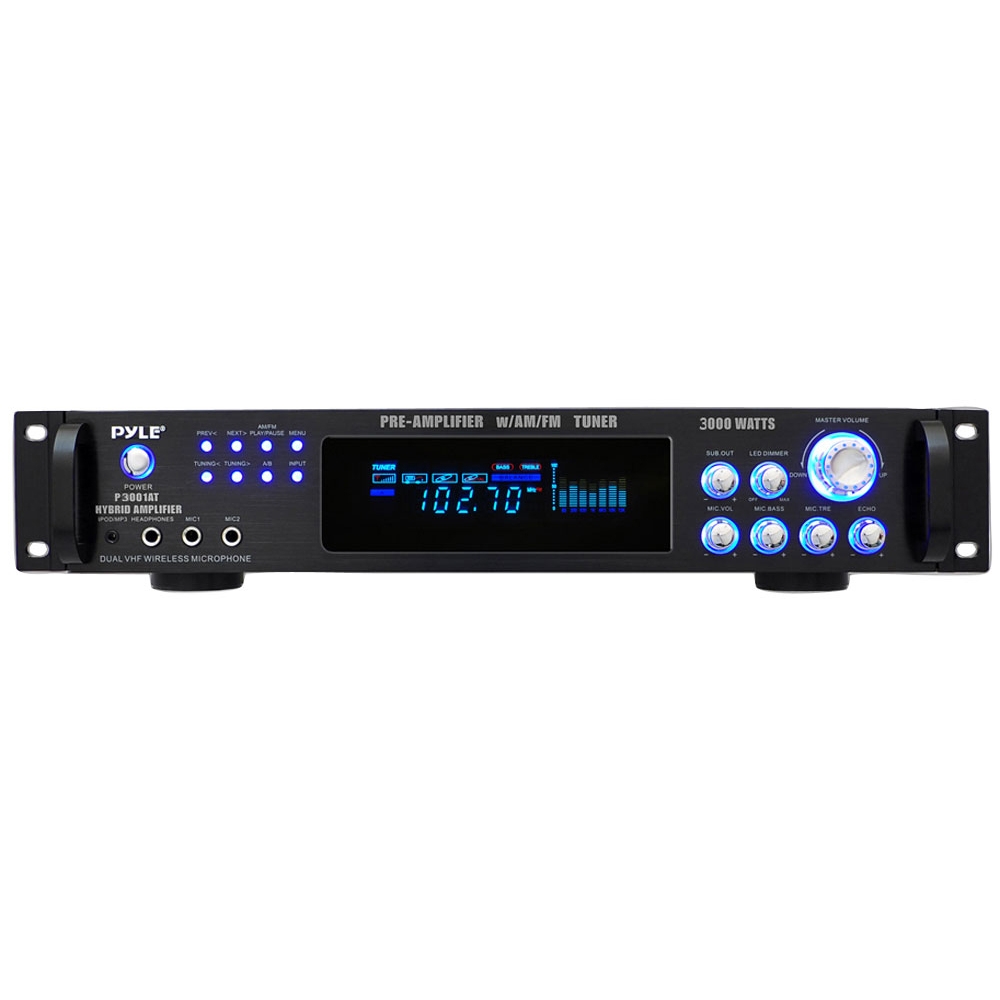Solid-state amplifiers had only been around for a dozen years or so back then versus decades for tubes. I believe the real culprit behind the audiophile contempt in the early-mid Eighties was the introduction of digital audio via the Compact Disc, and they just grouped that with solid-state amplifiers for good measure. Moans and groans about harshness, "glare," and -- my favorite -- "encoding" versus "recording." They claimed that the high-order linear brickwall anti-aliasing filters were prone to unforgivable phase anomalies in the audible band.Forty years ago many audiophiles were retreating from S/S back to tube amps and preamps. To them S/S in general was "harsh" and "unmusical". (FWIW, I wasn't one of them.)
What it really came down to back then was the fact that the Compact Disc was a product of Sony/Phillips, and the early CD players came from other megacorporations like Panasonic (I had one, and was instantly smitten). You know, the kinds of companies that would advertise in High Fidelity and Audio magazines of the day. And that caught the boutique companies catering to the audiphile mags by surprise. Things didn't change until a few years later when the boutiques caught on and starting offering their own "high end" digital gear. "They do digital/dither right," etc.,etc.
Unless you are a arena rock guitar player, there is nothing benign about nonlinearity. FWIW, an AES preprint I saw many years ago from a gentleman now at Harmon, as an aside from the theme of that paper, seemed to correlate odd-order distortion (especially 3rd) with elevated amounts of modulation distortion, the kind we see in Amir's multitone tests. Which IMO are the most valuable amplifier tests he performs: all you really need is 15 bits at full output and you're as good as the program material is going to be. (This Pyle doesn't quite make it.)But I've suspected the reason for this trend was that those old S/S amp had quite low THD, like the Pyle, but the harmonics were overwhelmingly 4th order and higher. Tube amps, OTOH, had higher THD but the predominant distortion was 2nd and/or 3rd order. O my technophile friends, here's some truth to dwell upon: 2nd/3rd order harmonics not only sound benign, (to many people), but also mask the unpleasant higher order harmonics.
Last edited:


